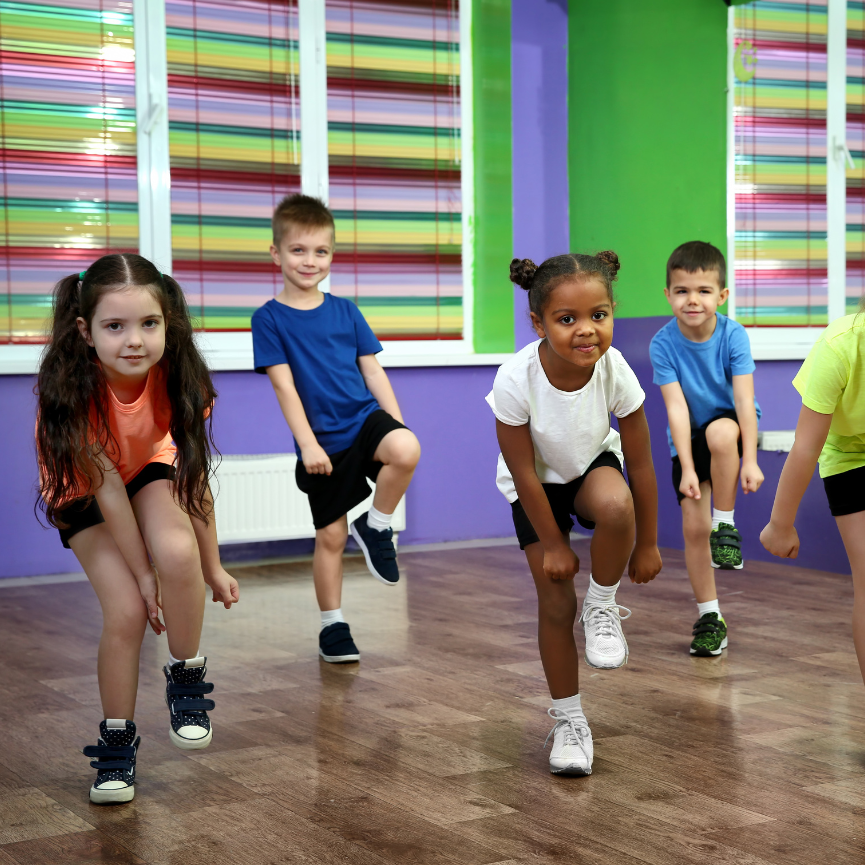
- May 10, 2024
- 166 Views
- 0 Comments
Illuminating Autism With Dance Movement Therapy
From Steps to Smiles: Bridging Worlds through Dance Movement Therapy for Autism
Let your Autistic child dance as if nobody’s watching and feel the joy
“The body says what words cannot!” - Martha Graham
“When I dance, I feel alive. I forget the world around me as my worries melt away with every lift of my arm, the swing of my hip, and twirl of my toes…” Aisha recounts her experience of her Dance Movement Therapy sessions.
Special needs educator Karishma Thapa takes us through the importance of Dance Movement Therapy in the development of Autistic children
What is Dance Movement Therapy?
Dance Movement Therapy is a psychotherapy approach that uses dance and movement to enhance the body's cognitive, emotional, and motor functioning. DMT examines the relationship between movement and emotion as a Creative Arts Therapies modality. Organization for American Dance Therapy
This therapeutic process uses movement to help individuals, particularly those with Autism Spectrum Disorder (ASD), to overcome social, emotional, cognitive, and physical challenges.
One learns to express themselves using non–verbal gestures and movements, thus integrating the mind, body, and soul.
Is the therapy for Autism the same as regular dancing?
We have all experienced the benefits of moving and dancing. The release of endorphins in our bodies has plenty of mental and emotional benefits, which leave us feeling happy and more energized.
Dance Movement Therapy, on the other hand, is more than just exercise for our Autistic children.
The movements of our body often communicate certain unconscious feelings, which a trained therapist can evaluate and develop interventions to suit the specific needs of the kids.
Movement is the primary way for therapists to observe, evaluate and implement interventions in a therapeutic capacity.
The Autistic child does not need to know how to dance; DMT gives clients the opportunity to move through ‘self-dance’, which are their own unique movements.
There is no right or wrong movement or expression and therapists give clients the freedom to personalize their own gestures, postures, rhythms, and movements.
Why Dance Movement Therapy?
Research shows that Dance Movement Therapy uses bodily sensations to stimulate and re-establish the mind–body connection and help the kids with sensory-motor coordination as well.
This helps our special needs children to decrease anxiety and increase their self-esteem, mood as well as body image.
Some benefits of DMT for an Autistic child include:
- Improved attention and concentration
- Freedom to express emotions using movement
- Helps enhance social interactions through non-verbal communication
- Individuals with special needs can learn to develop vocabulary skills and patterns of movements essential for activities of daily living
- Group sessions can help in socialization and the development of relationships
- Learning choreographies can help enhance memory
- It promotes body awareness and general well-being
- Strengthening of fine and gross motor skills
- Touch during therapy can reduce physical sensitivity and help build trust
Movement and mental state for Autistic children
DMT has a wide range of benefits and is something that can help everyone, no matter what their mental state or physical ability may be.
Movement can help individuals with ASD express aspects of their personality that they may not be able to express in other ways.
Feelings and experiences can live inside the body and get ‘trapped’. Through movement, the body can help unlock these trapped feelings and emotions.
Guidance and mindfulness during Dance Movement Therapy
Dance Movement Therapy is always done under professional guidance; however, in your everyday life, you can practice the healing effects of movement. Some simple activities such as walking meditation, being mindful of your body and listening to it, hugging your loved ones, playing your favorite song, and dancing like no one is watching, can help you distress and connect with your inner self.
“Dance isn’t just dance, it’s magical…something that sets you free “ – Anonymous



Comments - 0 comments till now